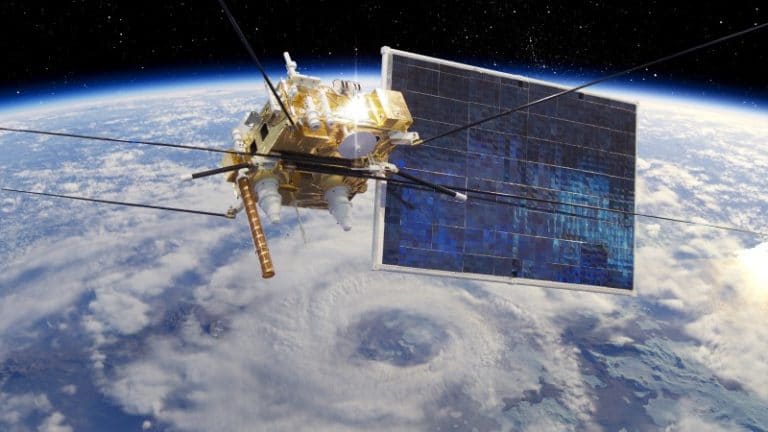Artificial intelligence for detailed satellite data analysis
Earth observation satellites generate big amounts of data. Artificial intelligence can help in the analysis of this data, for example it can calculate the levels of heat storage in urban areas. Artificial intelligence can also combine meteorological data with satellite imagery to estimate wind speed.





